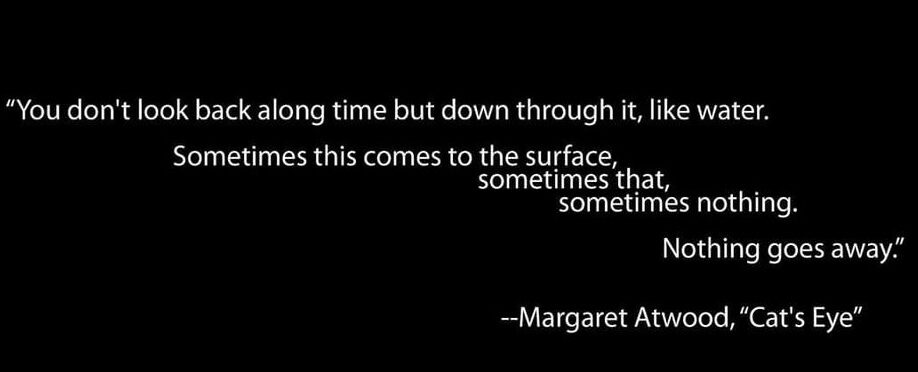I found this old NYT article about Sublistatic Printing when I was researching disperse dyes earlier tonight. Apparently, disperse dyes were specifically developed for the sublistatic printing process by a Swiss chemical company for the textiles industry… I think?
I’ll do some more research and post more about it tomorrow.
Also, I wrote a much more detailed post earlier but the android notepad app gremlins appear to have eaten my homework.
Drats!
Anyhow, here’s the article. More later:
Decals Are Big Business: In Printing of Textiles
Feb. 1, 1970
Credit…The New York Times Archives
See the article in its original context from
February 1, 1970, Section F, Page 12
Herbert Koshetz
An old art—decalcomania—has been given a new application in the textile trade. It is rapidly growing into a big industry and will prove an invaluable aid to apparel manufacturers and other who are using printed fabrics.
A process involving the transference of a printed design from paper to cloth has been perfected by a Swiss company, Société des Pro cedes Sublistatic, which has set up a subsidiary in New York called the Sublistatic Corporation of America. In business for less than two years, the company here is selling continuous rolls of decals as well as single‐sheet designs at a rate of almost 350,000 yards a month.
Westbury Fashions, Inc., a large producer of women’s sportswear, will use Sublistatic for much of its print ed‐garment production. Hy Rabin, president, pointed out that his company could do its own printing as it needed the goods and had only to stock gray goods, which involves a much smaller inventory investment than would be the case for Printed tex tiles.
500 Yards an Hour
Westbury has purchased a printing unit costing $50,000 and other equipment for making its own prints. The unit is made in this country by the David Lessner Company of Worcester, Mass., and can print yard goods at speeds of 500 yards an hour and higher.
Another type of unit for printing individual pieces, cloth, sweaters, hosiery, drapery panels and the like, is the Kannegiesser Automatic Heat‐printing unit. Gessner is the North American and Central American agent for the Kannegiesser unit.
The Sublistatic color system at present is adaptable only for 100 per cent man made fiber fabrics or in blends with at least 65 per cent of such fiber. These include acetate, triacetate, acrylics except modacrylics, nylon 66 and polyester. The fabrics may be woven, knit ted or of a non-woven construction.
The cost of the decals in continuous roller form is around 53 cents a yard, much higher than the printing cost in direct application of color or pattern by rollers or screen. But the higher cost is often offset by savings effected in not having to stock hundreds or thousands of yards of fabric awaiting possible demand.
Those who are using the method feel that the added cost is justified by the results. Color registry, for in stance, is as good as in the best letterpress or rotogravure paper printing methods. The fact that there is little or no stretch in paper makes it possible to get clean results without one color run ning over the edge of an other.
The decals are made by Sublistatic from original designs supplied by the textile company or garment manufacturer owning the goods. At present, they are pro duced in France, but eventually a printing plant will be set up in this country. Roger A. Lepoutre, vice president and managing director of the New York company, said that a design could be sent overseas, processed and re turned on paper within three weeks.
The dyes on the paper are produced by Ciba, which has an interest in the parent company. These dyes, when subjected to heat, are changed to a gas and fused into the fabric. They are said to meet all technical standards for dry cleaning, machine wash ability, shrinkage, light fast ness and abrasion resistance.
About 35 companies are either now producing Sublistatic prints or will be doing so very shortly. By the end of the year, according to Mr. Lepoutre, there will be 70 manufacturers in the United States.
Among those making the prints in addition to Westbury are Texfi Industries, Wamsutta Knitting Mills, Marva Industries, William Heller, Inc., the Talbot Knit ting Mills division of U. S. Industries, Leslie Fay, Inc., and Jonathan Logan.
HERBERT KOSHETZ.


